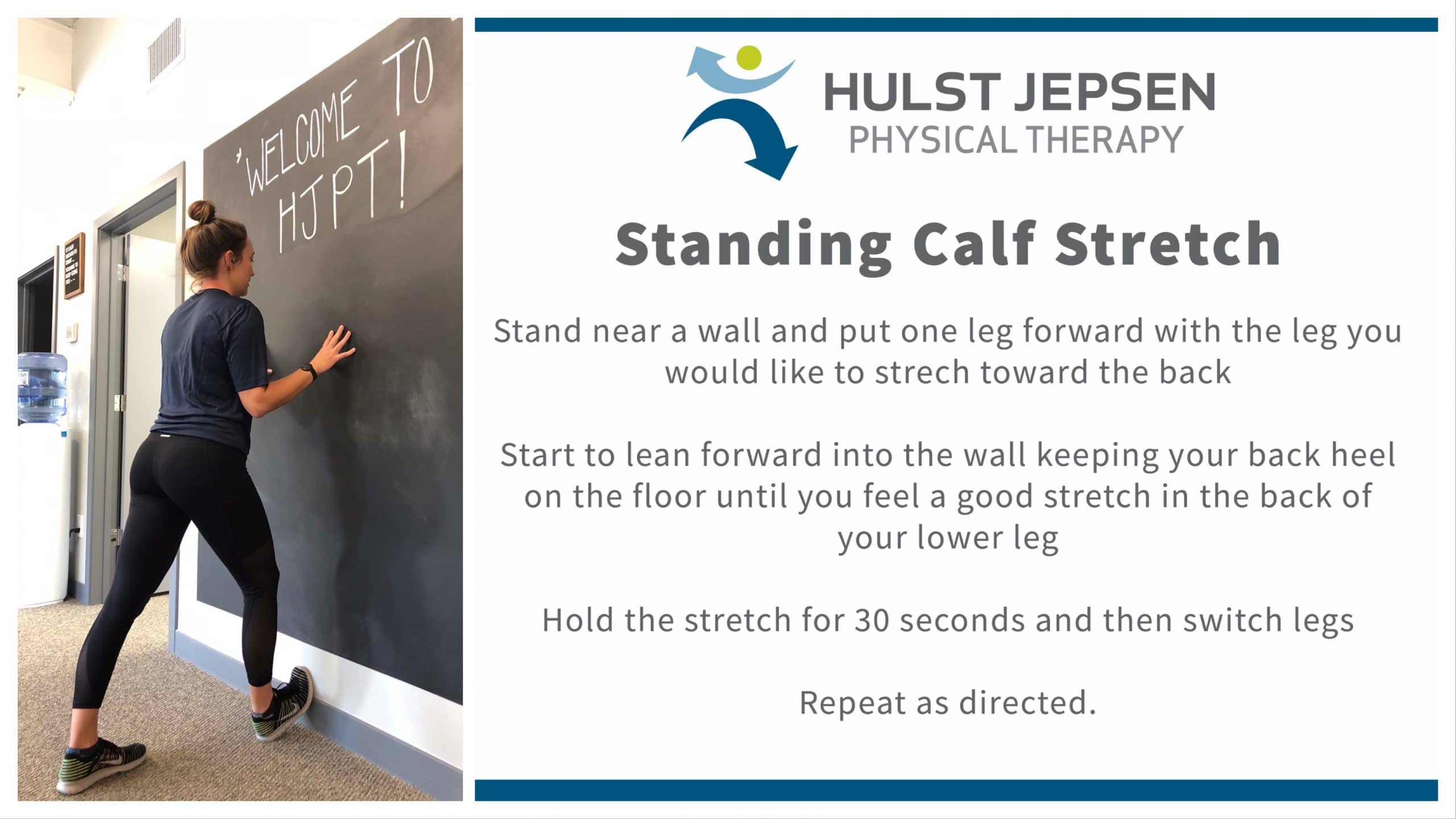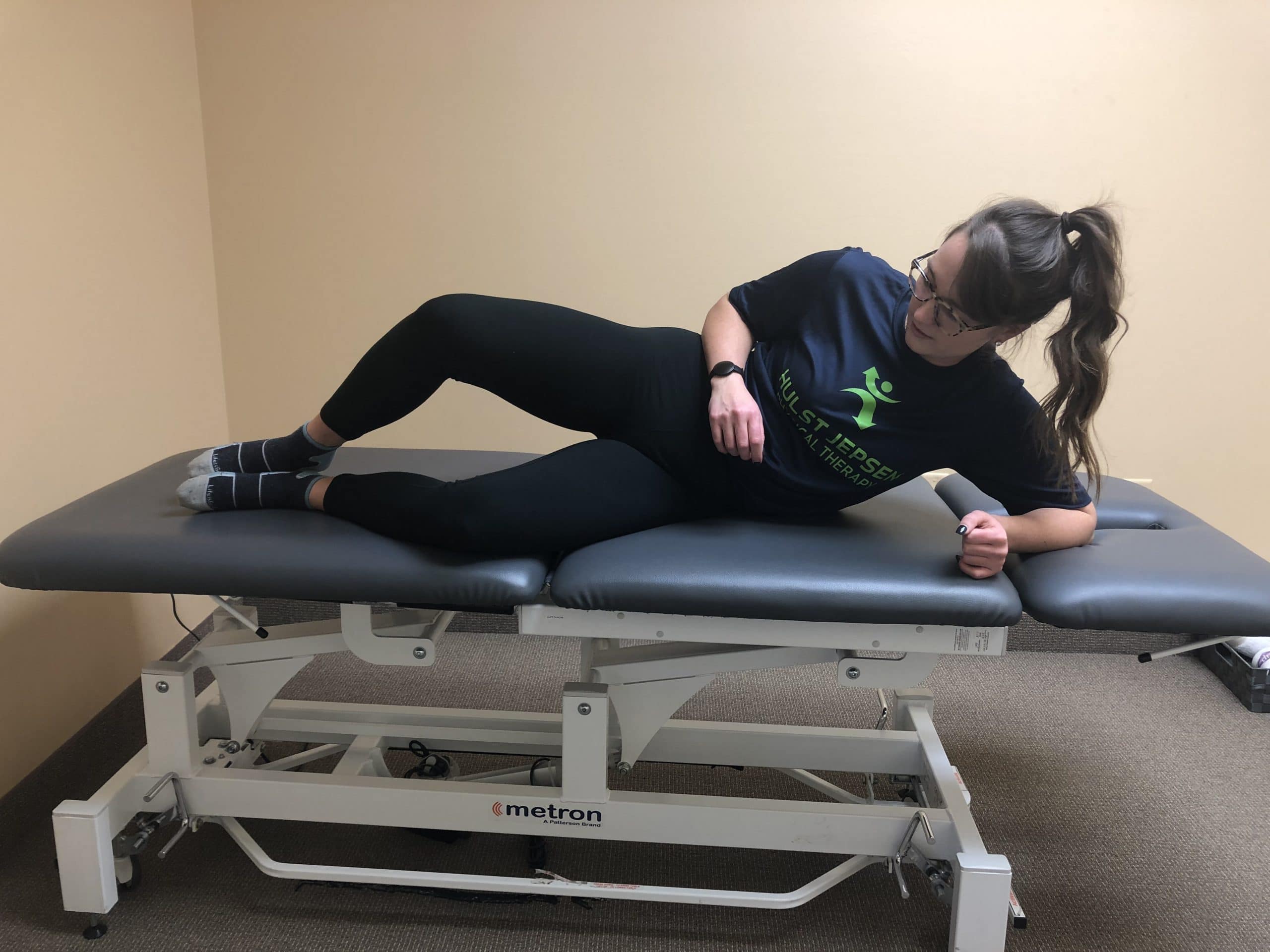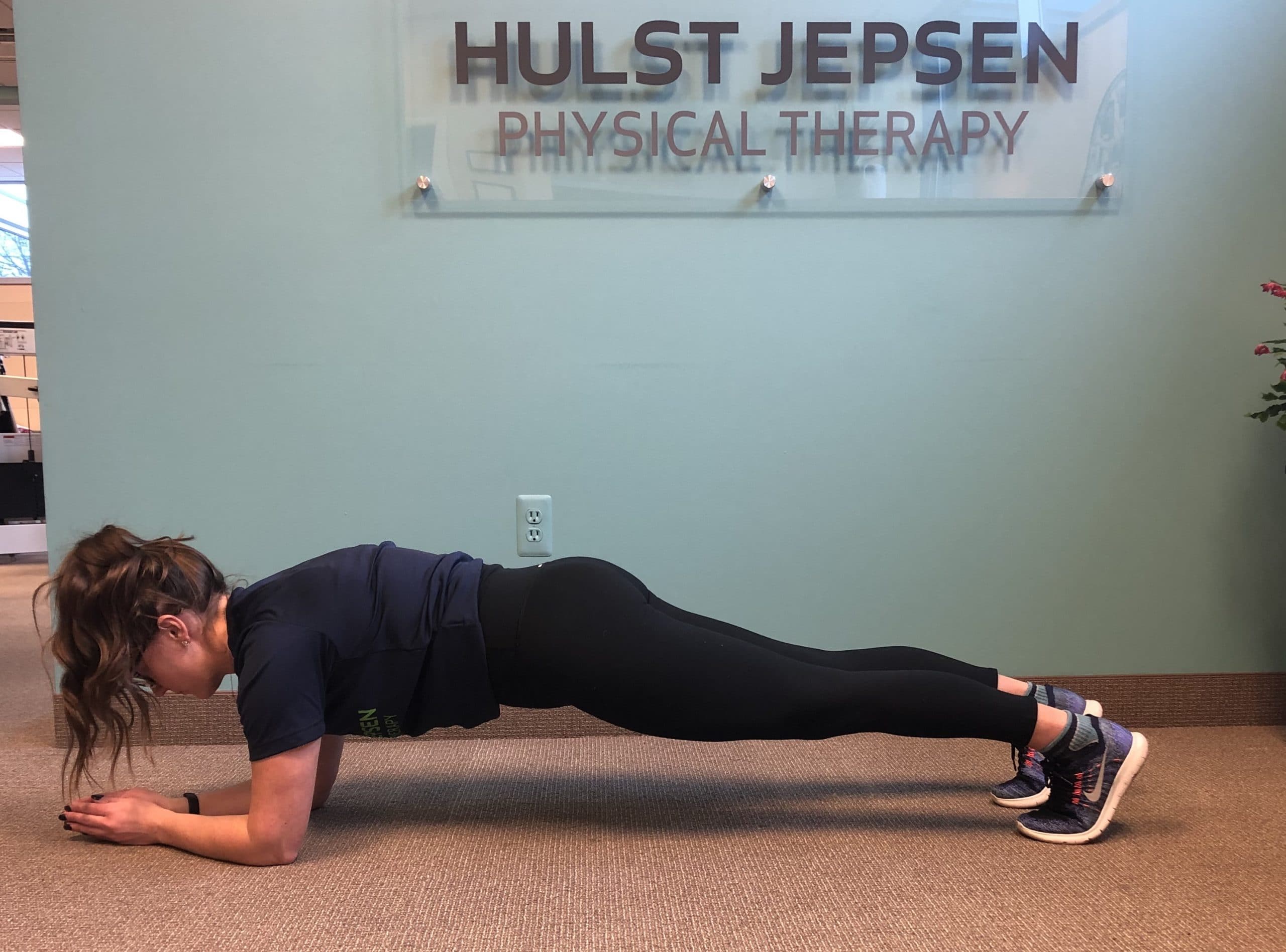Everybody Squat!
The squat is known as the king of exercise, and for good reason, as squatting activates numerous muscles in the body. Stop for a moment and think about the last time you did a squat (and I’m not talking about just for exercise). You probably did at least a partial squat to sit down to read this. Every time you sit, stand, or pick something up you are squatting in some manner.
This movement is so fundamental that we do it every day.
However, this is where we can sometimes get into trouble. Our body is always looking for the easy way to do things by expending the least amount of energy. Consequently, poor squatting mechanics can easily develop.

Before you consider doing weighted or resistance squats, you should be able to perform a body weight squat without pain and with good form. I’ll start from the bottom and work my way up.
- Your feet are the anchors- they need to root you into the ground. They should be a little wider than hip width apart with your toes pointed forward or even slightly turned outwards.
- Your weight should be evenly distributed between your heel, ball of your big toe and ball of your pinky toe, also know as a tripod foot stance.
- Your knees should bend tracking in line with your feet, meaning they should not bow in or out.
- Your hips should be strong and initiate the lower body movement by hinging backwards as if sitting in a chair.
- Your core should be engaged from the beginning and continue to be engaged throughout the entire movement.
- Your lumbar spine should remain straight and not be allowed to round at any point. Your shoulders should remain square and your chest should be upright.
- Your head should be facing forward, not looking up or down.
Oh yeah, don’t forget to breathe.
Simple right?
Don’t worry, our bodies do the majority of this without us even thinking about it.
With all the muscles and joints associated with squatting, a lot of things can start to go wrong. Read below to learn about common issues with squatting and what stretches to do to help combat these issues!
Issue 1:
Heels lifting off the ground when getting into a squat
This is a good indicator that your calves are tight limiting your ankle joint mobility. The fix is to stretch your calves!
For a standing calf stretch – stand near a wall and put one leg forward with the leg you would like to stretch toward the back. Start to lean forward into the wall, keeping your back heel on the floor until you feel a good stretch in the back of your lower leg. Hold the stretch for 30 seconds then switch legs.

Issue 2:
Knees bowing in when you squat
This is usually due to weakness in the hip, particularly a muscle called the Gluteus Medius. This can be fixed through strengthening exercises such as sidestepping and clamshells.
Clamshells are done by lying on your side, with your hips, knees and ankles stacked on top of each other. Your ankles stay together and your top knee moves towards the ceiling.

For sidestepping you want to start with your shoulders and feet pointed straight ahead with a slight bend in the knees. If traveling to the left you would want to push off with the right leg while stepping the left foot to the side about half the distance that was originally between the feet. Then step the same distance with the right. You should go down and back facing the same direction so each leg has to lead. A resistance band can be added for an extra challenge. Tension should be on the band the entire time as to not let the feet get too close together.

Issue 3: Your back rounds when you squat
This is most likely due to core weakness. A plank is a good exercise to work on core strengthening.
For a plank – start on the floor on your hands and knees. Lower your forearms to the floor with elbows positioned under your shoulders and your hands shoulder-width apart. You want your arms to form a 90 degree angle then step your feet back. Maintain a straight line from heels through the top of your head, looking down at the floor, with gaze slightly in front of your face. Now, tighten your abs and hold.

So that’s it! You now know the basics of the most beneficial exercise in the history of exercise. If you experience pain or discomfort when performing a squat seek out a physical therapist to initiate a plan specifically designed for you. Reach out for a free consultation at the HJPT location closest to you!
